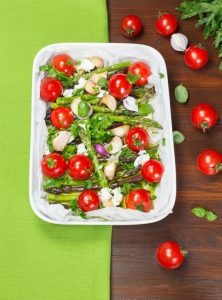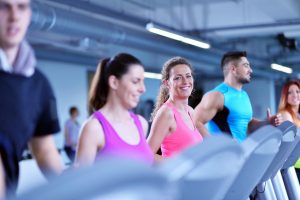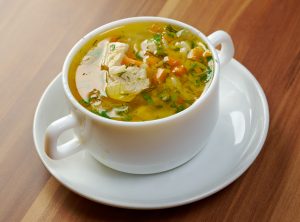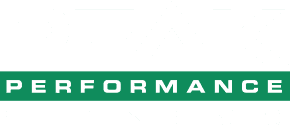Total: 45 min
Prep: 20 min
Cook: 25 min
Yield: 6 servings
Ingredients:
- 2 tablespoons olive oil, plus more for drizzling
- 5 small red potatoes, thinly sliced
- 1 bunch green onions, trimmed and sliced
- 1 cup grape tomatoes, sliced
- 1 cup baby spinach, torn
- 1 clove garlic, crushed
- 8 eggs
- 1 tablespoon chopped fresh basil, plus more for garnish
- 1 cup shredded Asiago cheese, plus more for garnish
- Kosher salt and freshly ground black pepper
Directions:
- Preheat the oven to 375 degrees F.
- Heat 1 tablespoon olive oil in a large skillet over medium heat. Add the sliced potatoes to the skillet, saute for about 6 to 8 minutes, until tender but firm. Remove the potatoes from the skillet. Add another tablespoon olive oil, and add the green onions, tomatoes, spinach, and garlic. Saute for an additional 1 to 2 minutes or just until the spinach is wilted. Season the vegetables with salt, and pepper.
- In a medium bowl, beat together the eggs, basil, cheese, salt, and pepper. Pour into the skillet over the vegetables. Reduce heat to medium-low and scramble the eggs for 1 minute. Return the potatoes to the skillet. Cook for an additional 2 to 3 minutes, or just until the eggs start to set around the edges. Drizzle olive oil around the edge of the pan to ensure easy removal.
- Finish cooking in the oven for an additional 10 to 12 minutes, until the eggs have completely set in the center. Serve straight out of the skillet, or flip onto a serving plate. Garnish with shredded Asiago cheese and fresh basil.
Original recipe from the Cooking Channel can be found here!







